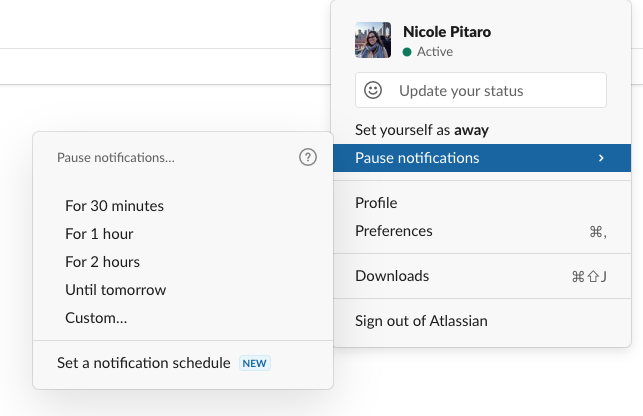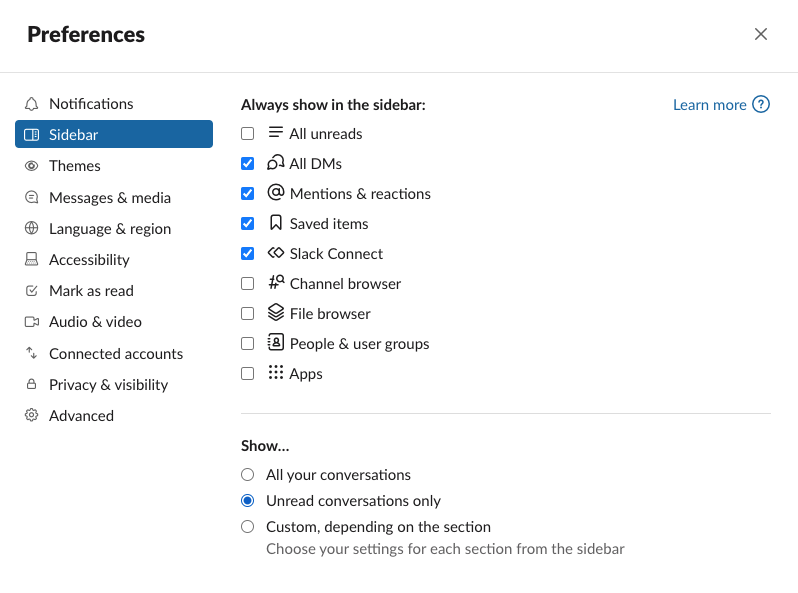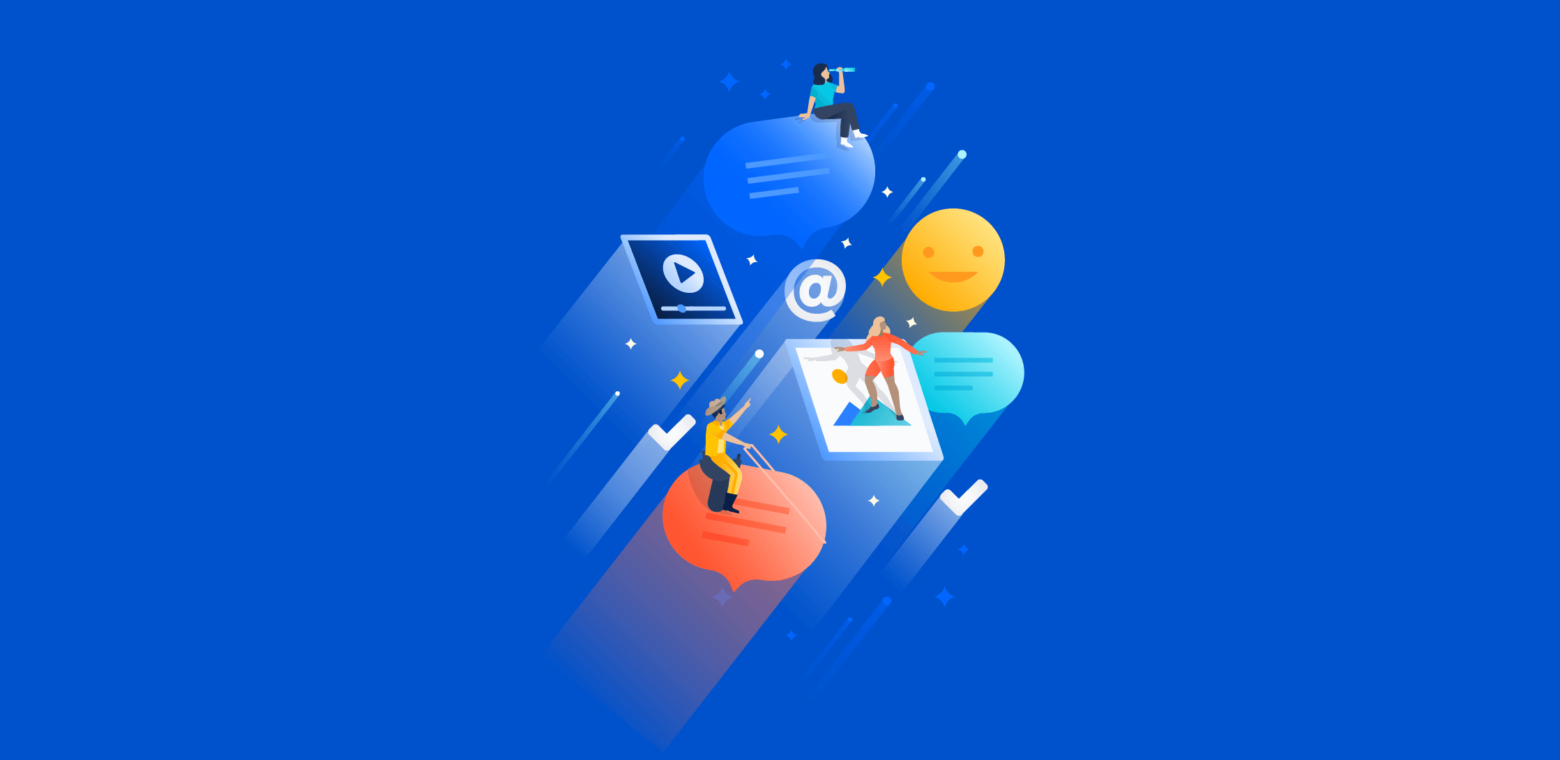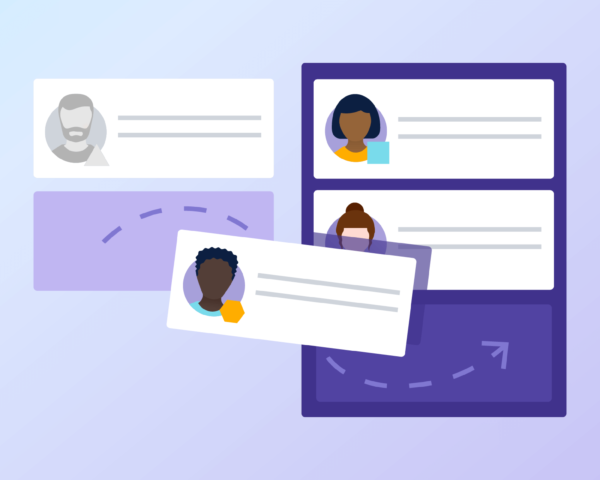10 Slack tips and tricks to improve productivity in 2022
Resolve to be a Slack power user in 2022 with these best practices
🙋♀️🙋🏾 Raise your hand if you’ve ever made a New Year’s resolution to improve productivity. *Collectively raise hands*
‘Tis the season for brainstorming resolutions – and ways to stick to them. As we hit the final weeks of the year where things start to slow down, many of us tend to get overzealous about reaching Slack inbox zero and tidying up our workspaces to pave the way for productivity. We resolve to keep this streak going…only to find ourselves two months into the new year and drowning in notifications and incomplete tasks.
If you’re hoping to make 2022 the year of productivity, we’ve got you covered. Keep reading for 10 easy tips on how to optimize your Slack workspace and make this your most productive year yet.
1. Set reminders using Slackbot
You might recall when first creating your Slack account that you were introduced to a helpful assistant named @slackbot. Most people take a quick look at Slackbot’s tips and tricks and then forget about it.
But Slack power users rely heavily on Slackbot to create to-do lists, set reminders, and so much more.
Reminders are not only a good way to help yourself stay organized and in the moment, but they can also be a great (and mildly passive-aggressive) way to nudge coworkers on a topic or project that you’re working on.
To use reminders, go to Direct Messages and select Slackbot, and type the following:
/remind [@someone or #channel] “[what]” [when]
For example:
- /remind me to drink water at 3pm every day
- /remind @Liza “Lunch time!” at 12:30pm
- /remind #team-alpha to “update the project status today” every Monday at 9am
Our friends at Slack can share even more tips on how to use Slackbot and reminders.
power move
You can use /remind list to see the list of all your reminders, manage them, and delete ones that are no longer useful.
2. Stop distracting notifications and set ‘deep work’ time
Do you get distracted by the little red notification icon on Slack? Or do you just want a way to get into ‘deep work’ without being disturbed by notifications? We have a few options for you.
The first, and possibly the boldest, is to close or remove the Slack desktop application and only use Slack in a browser. The red icon distractions get removed and you can close out or check the browser for Slack messages as needed.
If you prefer the desktop version of Slack, you can still achieve the same goal by turning off all desktop notifications in your preferences menu.

Another option is setting up a Do Not Disturb and block time for yourself to dive deep into uninterrupted time. Teammates can still send you messages but your icon will be on DND so that they know you aren’t responding to messages.

There’s also always the option to mute channels or direct messages. Tune out chatty coworkers and cut down noisy notifications by selecting the ‘Mute’ option in the channel settings to stop receiving alerts for unimportant or irrelevant channels. You can always still allow mentions to come through so that you don’t miss pertinent pings. This is a great option for more casual channels like #food or #random that you like to peruse in your free time but don’t need real-time updates.

power move
There are a lot of slash commands at your disposal to manage notifications. To quickly mute and unmute a channel or direct message, you simply open the conversation, type /mute in the message field, and hit ‘enter.’ You can also pause notifications on the go with the /dnd slash command, followed by a specific time of day or time frame.
3. Capture notes or tasks in Slack for easy access
Do you get tired of switching between apps when you want to make a quick note or jot down some ideas? Like Slackbot reminders, you can simplify your life and improve productivity by consolidating all your notes in Slack. Just send a direct message to Slackbot or yourself and your notes will stay there forever.
If you would like to highlight certain notes, you can add them to your ‘saved items’ list to revisit or even set a reminder to check back.
Some notes you can keep track of in Slack include:
- Passwords
- Meeting notes
- Lists of tasks for the week
power move
Edit your message to strikethrough tasks that you’ve finished or use an emoji reaction to mark the whole list as complete.
4. Save important messages for easy reference
Have an important message you want to reference easily? Add it to your ‘saved items’ list using message options and easily access the message from above your channel list without wasting time hunting around.

Some things you might want to add to your saved items include:
- Messages from other people that you will regularly reference, such as OKRs or a list of deadlines
- Important links or resources you might need to access again
- Login details or other information that will need to be reused
5. ‘Star’ people or channels to avoid time-consuming scrolling
The star feature allows you to save a person or channel so that they always appear at the top of your list in the Starred category. Never miss an important message from a teammate or manager, and avoid scrolling through other notifications and channels that might distract you from the task at hand.

power move
Don’t overuse this feature. Limit your Starred list to people like your manager/direct teammates and your most used or most vital channels so that it doesn’t get too cluttered.
6. Sort your Slack channels into sections for easy perusal
Do you sit cross-functionally or need to be part of a wide array of channels? Sections allow you to build on the Starred feature by further grouping your remaining channels.
You can sort them by significance and importance (e.g. ‘Check Daily’), high-level categories like the type of department (e.g. marketing, sales, engineering, HR, etc.), or get granular for your specific role (e.g. customer marketing, content channels, events, etc.). Sections can be created by right-clicking a channel and selecting ‘Move to new section.’ Slack offers several prompts to help you with ideas to get started, and sections can be collapsed or rearranged as you see fit.
power move
Group channels together by similar importance and usage so that you can set blanket notification settings by section.
7. Show only unread Slack channels
Depending on your organization, you may be a part of tens or even hundreds of channels. If you’re a member of more than five channels, we recommend setting your side panel to show unread channels only to improve productivity.
Go to Preferences > Sidebar and customize what appears in your channel lists. If you’ve followed the tip above and sorted your channels into groups, you can get even more granular with your settings. There are also options to re-order the way channels appear, like by most recent or highest priority.

power move
You can mark any direct messages or channel messages as unread that you want to revisit later.
8. Send direct messages via any text box
Would you like to be able to quickly send a message to a team member without having to search for their name in your Direct Messages list?
Rather than scrolling through your DM list, finding your team member, and then having to search for them if you haven’t previously DM’d them, you can message anyone from any channel by using the /msg command.

9. Establish a formula for channel naming and descriptions
As your organization grows, new channels get added for lots of different projects, teams, topics, and news. With so many channels, it can be hard to find the one you’re looking for.
Create a consistent naming convention for channels so that they appear in similar groups and you can save time browsing through channels and guessing what info they might contain.

Using high-level prefixes is a great way to indicate a channel’s focus at a glance. Some common options include:
- ask / help
- team
- proj
- announce
- triage
- event
- customer
- marketing
- sales
power move
Create Slack guidelines for your entire organization and mandate that all channels have a description and follow the correct naming formula. This makes searching simple and helps admins with maintaining corporate Slack hygiene (e.g. identifying channels that can be removed).
10. Use Emojis to get sh*t done
Emojis have become one of the hallmarks of modern communication – both personally and professionally. In a work setting, you might typically use them to add a little flair or personal touch to a message. But what about using them to actually move work forward and improve productivity?
EmojiOps is an emerging practice in Slack that involves the use of emojis in messages and reactions to initiate and manage operational processes. With just a few simple emojis you can declutter your conversations and eliminate time-consuming back and forth conversations. Some examples include:
Message urgency
Use colored emojis at the start of a message to indicate urgency. For example:
- 🔴 Urgent, something is really broken.
- 🟡 Blocking someone’s work or needs to respond to a customer.
- 🔵 Not urgent or blocking anything, get to it when you can.
Acknowledgment & approvals
Communicate status updates without conversation.
- 👍🏼 Acknowledged
- ➕ Agreed
- 👀 Currently looking/reviewing
- 💬 I’ve left comments
- ✅ Approved
power move
Use Halp – an easy help desk tool – to turn messages into trackable tickets and saved auto-responses.
- 🎫 Turn message into ticket and add to support queue.
- 📖 Save message for future use on similar questions.
Interested in more ways to get work done in Slack and improve productivity in 2022? Check out our recent productivity tips webinar or try out Halp to experiment with advanced EmojiOps and automated workflows.


